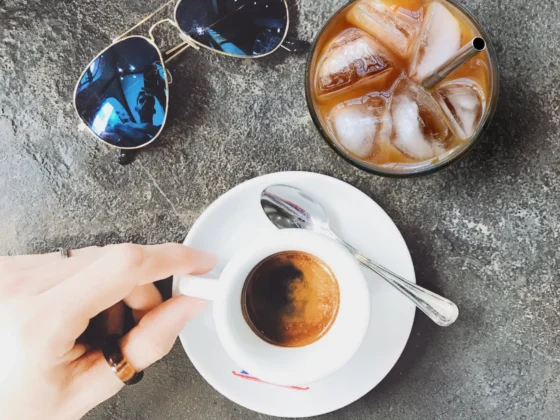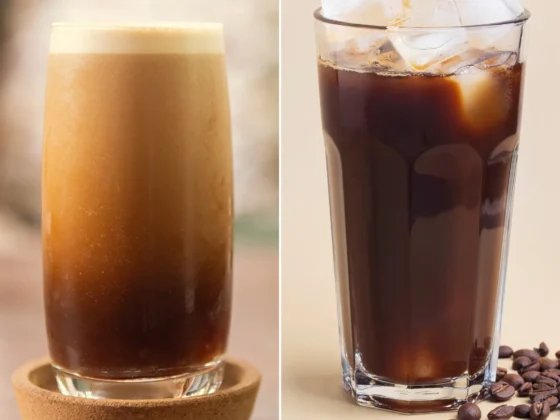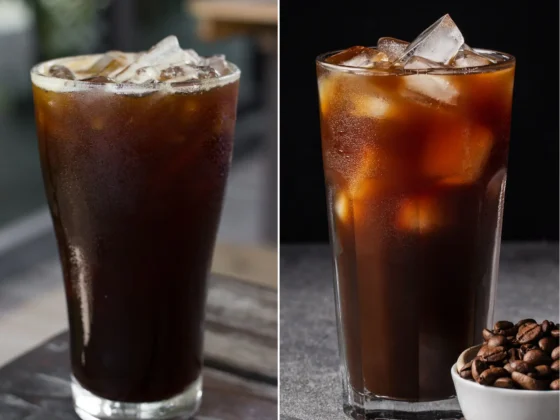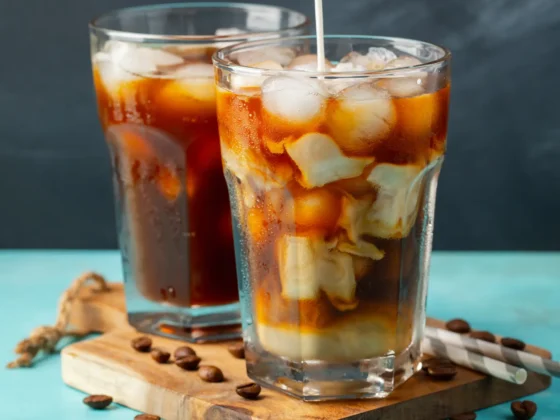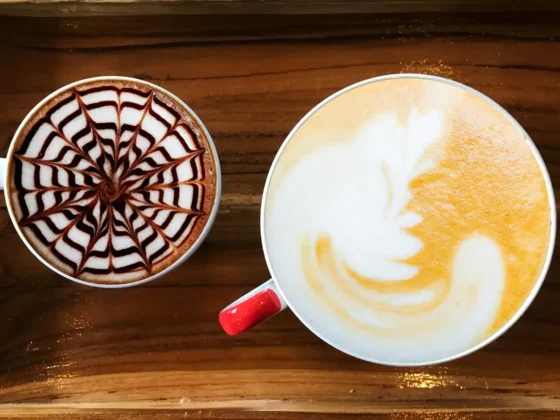In the world of coffee, two distinct paths lead us through the rich and aromatic landscape of our daily brew: single origin vs. blend coffee. These terms evoke not only the flavors that dance upon our taste buds but also the stories of coffee’s global journey, from its historic roots in Ethiopia to the modern coffeehouses in bustling metropolises. In this exploration, we’ll delve into the captivating narrative of coffee, uncovering the essence of single origin coffee and the intricate craftsmanship behind blended coffee. As we trace the origins of these two coffee styles, we’ll embark on a global expedition, celebrating the diverse flavors and traditions that have emerged over time. Join us on this aromatic voyage, where we demystify the captivating world of coffee, one cup at a time.
Tired of reading? Give your eyes a rest and listen to the article below.
- Introduction & Key Takeaway
- https://app.mysoundwise.com/tracks/16986076144674587e.mp3
- Diving Deep into Flavor Profiles
- https://app.mysoundwise.com/tracks/16986080591514456e.mp3
- Sourcing and Sustainability: Ethics Behind the Beans
- https://app.mysoundwise.com/tracks/16986080789230388e.mp3
- Single Origin vs. Blend Coffee: Brewing Techniques
- https://app.mysoundwise.com/tracks/16986081093936763e.mp3
- The Origins of Coffee: From Seed to Cup
- https://app.mysoundwise.com/tracks/16986081319838936e.mp3
- The Culture of Coffee: More than Just a Beverage
- https://app.mysoundwise.com/tracks/16986081583604077e.mp3
- Conclusion & FAQs
- https://app.mysoundwise.com/tracks/16986081845828093e.mp3
Single Origin Coffee vs. Blends: Key Takeaway
- Flavor Diversity: Single-origin coffees offer a unique flavor palette shaped by the geographical region, while blends harmonize diverse bean flavors, appealing to a wider audience.
- Geographical Significance: Understanding the coffee belt and its regions helps you appreciate the diverse flavors contributed by Central & South America, Africa, Southeast Asia, and the Pacific.
- Cultural Influences: Coffee culture is deeply intertwined with the regions it originates from, with each place leaving a mark on the coffee’s flavor and history.
- Historical Roots: Coffee’s journey spans from ancient legends of Ethiopian goat herders to modern café culture, impacting economies, cultures, and revolutions.
- Personal Preference: Whether you prefer the purity of single origin or the complexity of blends, your coffee choice is a reflection of your taste, history, and the rich world of coffee.
Diving Deep into Flavor Profiles
Embarking on the journey of coffee can be like unraveling the mysteries of an intricate tapestry. Each thread reveals a narrative, an origin, and an authentic taste. With a rich and varied history, coffee serves not just as a daily beverage but as an experience. Whether it’s single origin coffee or coffee blends, each cup tells a story, marked by its unique flavor and aroma.
Taste Spectrum of Single Origins

Coffee, in its purest form, can be traced back to a singular place, a unique story of soil, climate, and cultivation. Single origin coffee offers just that – a solo performance of a region’s characteristic notes.
- Geographical Uniqueness: The term ‘single origin’ describes coffee sourced exclusively from one specific location. This could be a single farm, a collection of farms in a region, or at times, an entire country.
- Authentic Experience: When you sip on single-origin coffee, you’re not just tasting the beans but the earth they grew in, the air they breathed, and the sunlight they absorbed. It’s a direct reflection of a region’s climatic conditions and cultivation techniques.
- Flavor Depth: Each region presents its own flavor nuances. For example, a coffee from the Ethiopian Yirgacheffe region might boast floral notes, while one from Kenya could surprise you with fruity undertones. Such stark distinctions allow coffee connoisseurs to embark on a global tasting journey, all from the comfort of their homes.
In essence, if you’re seeking an undiluted, intense coffee experience, one that changes with seasons and harvests, the single-origin is your ticket to this adventure.
Coffee Blends: Crafting a Symphony of Flavors
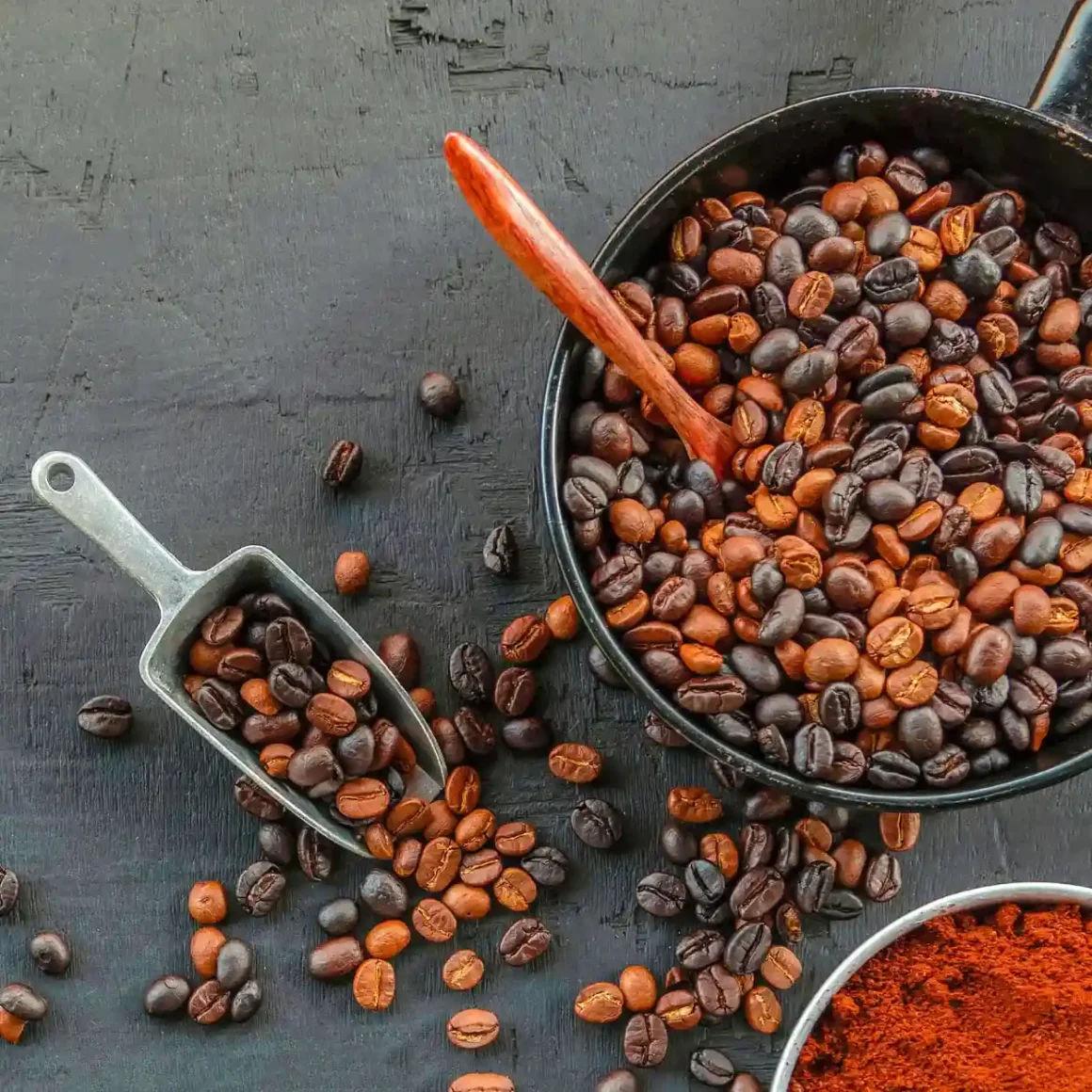
While the purity of single origin coffee has its loyal followers, coffee blends cater to those who seek a harmonious orchestra of flavors in their cup.
- Symphony of Beans: Coffee blends are the artful combination of beans from multiple regions. This amalgamation creates a well-rounded and consistent flavor, often appealing to a wider audience.
- Balanced Brew: By blending, roasters can achieve a balanced taste. While single-origin may offer pronounced notes – fruity, nutty, or floral – blends ensure that no single flavor overpowers another. Instead, they dance harmoniously on the palate.
- Consistency is Key: One of the primary advantages of blends is their reliability. The composition ensures that despite seasonal changes affecting single origin beans, coffee blends maintain their signature taste throughout the year.
For those who treasure a consistent, balanced flavor, especially when accompanied by milk or sweeteners, coffee blends emerge as a beloved choice.
Factors Influencing Taste: Terroir, Process, and Roast

The taste of your coffee is the culmination of various factors that play their part from bean to cup.
- Terroir – Rooted in the Soil: Just as with wines, the terroir – the land, climate, and environment where the coffee is grown – plays a pivotal role in shaping its taste. A bean’s flavor profile is deeply influenced by the soil’s minerals, the region’s rainfall, and the altitude at which it’s grown.
- Processing Techniques: After harvesting, how the coffee bean is processed can drastically influence its flavor. Whether it’s washed, sun-dried, or wet-processed, each method imparts its unique characteristics to the bean.
- The Art of Roasting: Roasting is where the magic happens. It’s a transformative process where green coffee beans metamorphose into the aromatic brown beans we cherish. The roast level, whether light, medium, or dark, determines the coffee’s body, aroma, and flavor notes. (1)
So, the next time you take a sip of your favorite brew, remember the journey it has undergone. From the fertile soils of its origin to the meticulous processing and the transformative roasting, every stage crafts the story in your cup.
Sourcing and Sustainability: Ethics Behind the Beans
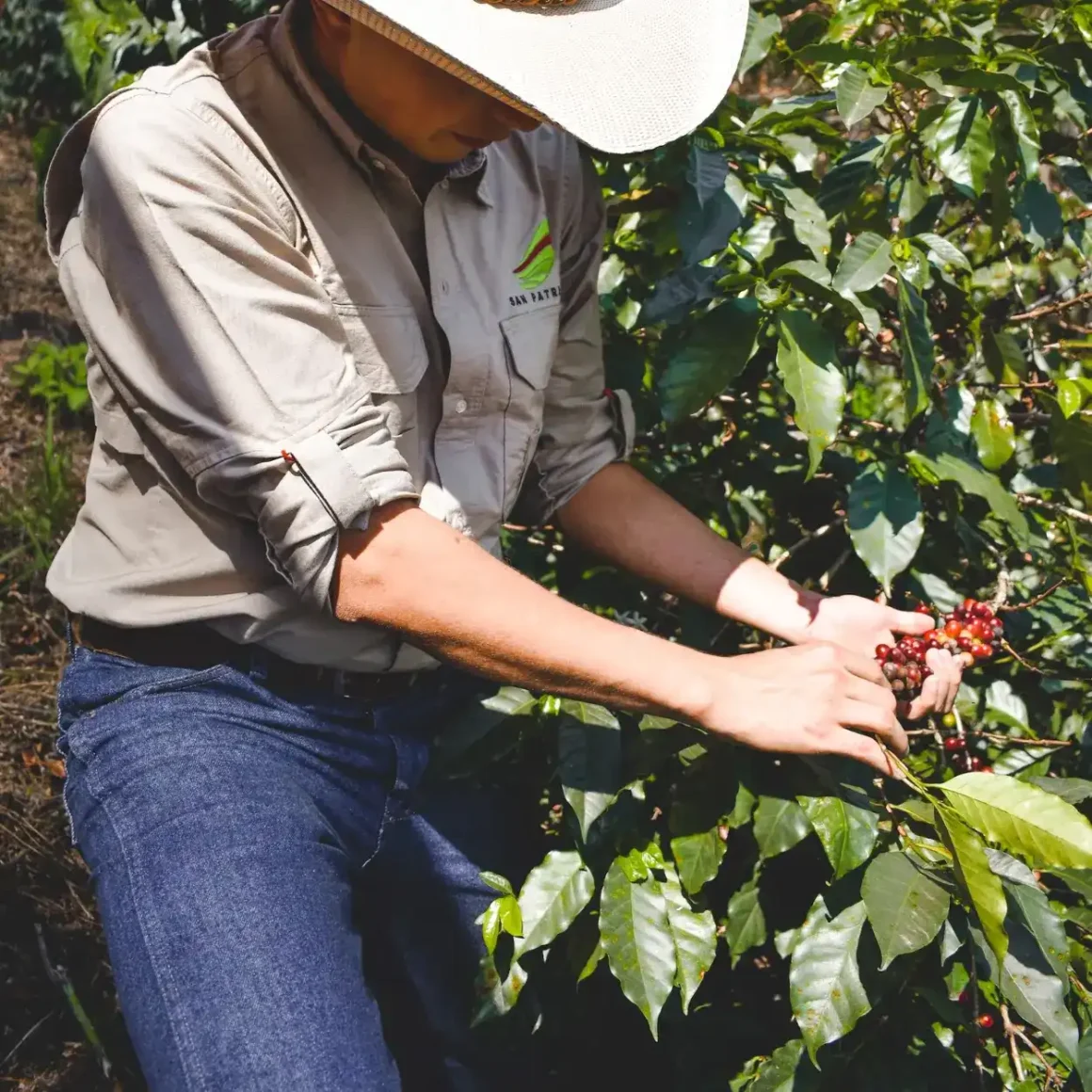
In today’s rapidly evolving coffee landscape, the buzzwords aren’t just about flavor or roast level. The ethical sourcing of beans and the sustainability of farming practices are at the forefront of consumer consciousness. By understanding where our beans come from and the impact of our choices, we can make decisions that not only tantalize our taste buds but also contribute positively to the environment and the livelihoods of the farmers. Let’s explore the world of coffee through the lens of ethics and sustainability.
Ethical Practices in Single Origin Farming
The rise of single origin coffee beans speaks volumes about the consumer’s desire for authenticity, flavor distinction, and traceability. With this demand comes a heightened focus on ethical practices within single-origin farming.
- Eco-friendly Initiatives: Many farms, such as Guatemala’s Finca El Injerto, have adopted sustainable farming techniques. The coffee parchment in this farm serves as fuel for the dryers, consisting of the husk separated from the coffee beans during green coffee production. This parchment, known for its high flammability, is instrumental in maintaining the ovens at the necessary temperatures. This eco-friendly approach leads to a nearly 70% reduction in firewood consumption for the ovens.
- On-Farm Innovations: Shade-raised coffee promotes biodiversity, offering habitats for various bird species which naturally manage pests, thereby reducing the need for chemical interventions.
- Nations Taking Charge: Countries like Colombia are championing green coffee production. Organizations such as the Colombian Coffee Growers Association are training farmers in sustainable techniques leading to enhanced soil health and better water management. (2)
Ethical practices in single origin farming aren’t just about producing quality beans; they’re about ensuring that the land remains fertile for future generations and that local communities thrive alongside their crops.
Blend Producers and Sustainability
While single origin beans have their narrative, blending coffee from various sources has its unique tale of sustainability and ethics.
- Versatility in Sourcing: Blend producers have the flexibility to source beans from different regions. This diversity can be used as an opportunity to support multiple sustainable farms globally.
- Balancing Flavor and Ethics: Crafting a blend is not just about flavor harmony but also about balancing the ethical profiles of sourced coffee beans. Producers prioritize beans from farms that promote fair wages, green practices, and community investments.
- Consistency and Quality: Blend producers aim for consistent flavors across batches. With this, there’s an emphasis on sourcing high-quality beans from sustainable farms, ensuring that the blending process doesn’t compromise the integrity of the individual bean profiles.
The art of blending coffee is intricately tied to sustainability. By supporting ethically produced beans, blend producers contribute to a sustainable coffee ecosystem.
Consumer Choices and Impact
Our choices as consumers echo through the chain, affecting farmers, roasters, and the environment. By opting for ethically sourced and sustainably produced beans, we can drive positive change.
- Traceability and Transparency: Choosing single origin coffee beans or blends that prioritize traceability allows us to support farms that employ ethical practices.
- Price and Value: While single origin beans might be pricier due to their exclusivity, the price tag often reflects the investment in sustainable farming practices and fair wages.
- Taste and Experience: From the nuanced flavors of a single-origin to the rich symphony of a blend, the taste is an essential factor. By valuing sustainable and ethical beans, we ensure a richer experience in every cup.
Our role as informed consumers is crucial. Through our preferences and purchasing power, we can champion sustainable practices and ensure a brighter future for coffee.
Taste Spectrum of Single Origins
Delving into the world of single origin coffee beans is akin to embarking on a global tasting journey. Each source brings with it a unique flavor profile, deeply influenced by its environment and cultivation practices.
- Country-specific Flavors: Coffee Beans sourced from distinct countries like Honduras, Colombia, or Peru have their individual taste notes. For instance, the varied climates within Brazil can result in contrasting flavors from the north to the south.
- Plantation Specifics: Beans from a particular plantation capture the essence of local rainfall patterns, traditional farming techniques, and specific processing methods. This results in coffee that truly reflects its time and place.
- Micro and Ultra-Batch Exclusivity: For the discerning coffee lover, micro and ultra-batches offer the pinnacle of exclusivity. These limited quantities present the chance to taste coffee at its most distinct and individual.
In both single origin and blended coffee realms, ethical sourcing and sustainability are not just buzzwords but guiding principles. As we indulge in our daily brew, understanding the journey of our beans makes every cup more meaningful.
Single Origin vs. Blend Coffee: Brewing Techniques
The ritual of brewing coffee is as varied as the beans themselves. From the moment you select the best coffee beans to the final sip, a myriad of factors come into play. Here, we’ll delve into different brewing techniques, emphasizing the nuances of preparing both single origin coffee and blends.
Best Methods for Single Origin Beans
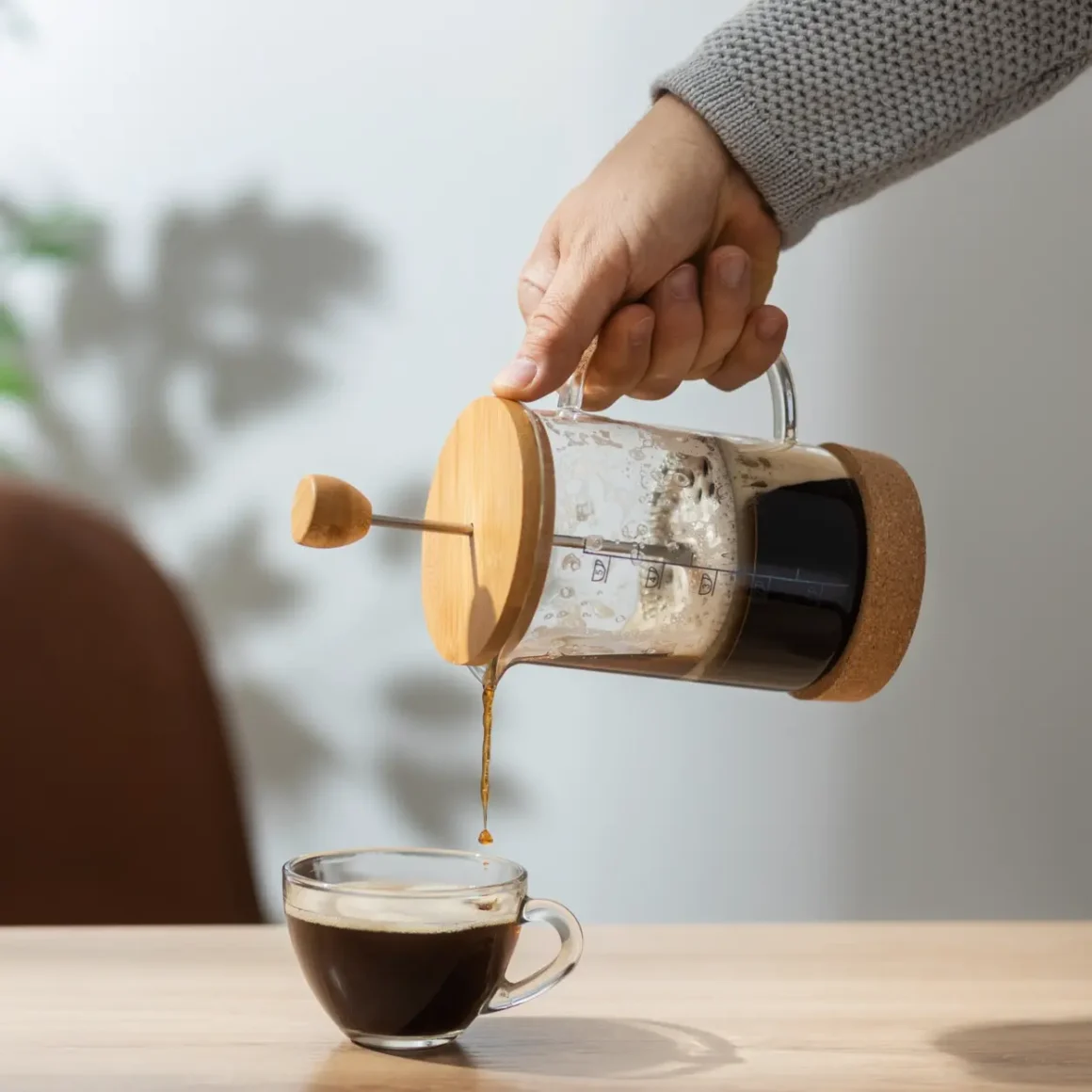
Single origin coffee beans, heralded for their distinctive regional flavors, deserve precision in brewing to truly shine.
- Pour-over: Options like the Chemex, Hario V60, and Kalita Wave are standouts for single-origin beans. They provide meticulous control over the brewing variables, ensuring the bean’s nuanced flavors are highlighted.
- French Press: Known for delivering a rich and dense texture, this method amplifies the inherent boldness of certain single origin beans, presenting a hearty brew.
- AeroPress: A versatile brewing tool, the AeroPress offers room for experimentation. With varied grind sizes and recipes, it’s perfect for unlocking the best from diverse single origin beans.
- Espresso: For those who like their coffee intense, brewing single origin as espresso can intensify its characteristics. Mastery is required though, as this method is unforgiving to errors.
Brewing single origin coffee is both an art and a science. With the right method, each bean’s story unfolds in the cup, offering a taste journey from its homeland to your palate.
Maximizing the Taste of Blends

Coffee blends amalgamate beans from various regions, aiming for a harmonious fusion of flavors. To truly relish a blend, consider the following:
- Blend Composition: Understand the origins of your blend. This knowledge can guide your brewing technique, optimizing flavor extraction from each bean type.
- Grind Size: Achieving the right grind is pivotal. Whether it’s coarse for a French press coffee or medium-fine for an AeroPress, the granularity affects extraction, and consequently, flavor.
- Water Purity: Over 98% of your coffee is water. Using filtered water free from impurities ensures no odd flavors interfere with the rich tapestry of the blend.
- Ideal Proportions: A general starting ratio is 1:15 (coffee to water). However, blends might need minor adjustments to get that perfect harmony.
- Temperature Control: For most single-origin coffees, brewing temperatures between 195°F and 205°F hit the sweet spot, preserving those delicate flavors.
- Brew Duration: From letting the coffee bloom during a pour-over to the steeping time in a French press, brew duration can influence the strength and nuances of your blend.
Blends offer a symphony of flavors. By giving attention to each brewing detail, one can ensure a cup where each note plays in perfect harmony.
Tools and Equipment for the Ideal Brew

The tools you employ in your coffee ritual can make all the difference in extracting the best from your beans, be they single origin or blends.
- Burr Grinder: Essential for achieving consistent granularity, a premium burr grinder ensures that each bean is ground to perfection, setting the stage for a balanced extraction.
- Pour-over Cones: As previously mentioned, devices such as the Hario V60 or Kalita Wave allow for precise control, making them ideal for those who enjoy the subtleties in coffee flavors.
- Temperature-Controlled Kettle: Precision in water temperature is crucial. A kettle with temperature control ensures that the water is always at the optimal range for brewing.
While the choice of coffee beans sets the foundation, the tools and equipment used elevate the brewing process, ensuring that every sip is a testament to perfection.
The Origins of Coffee: From Seed to Cup
From its humble beginnings in ancient Ethiopian legends to its revered status in today’s global culture, the story of coffee is as rich and aromatic as the beverage itself. This journey, spanning continents and centuries, intertwines with tales of trade, innovation, and revolution. Dive into this captivating odyssey, exploring the nuanced world of coffee origins and the mark it has left on our shared history.
Understanding the Coffee Belt
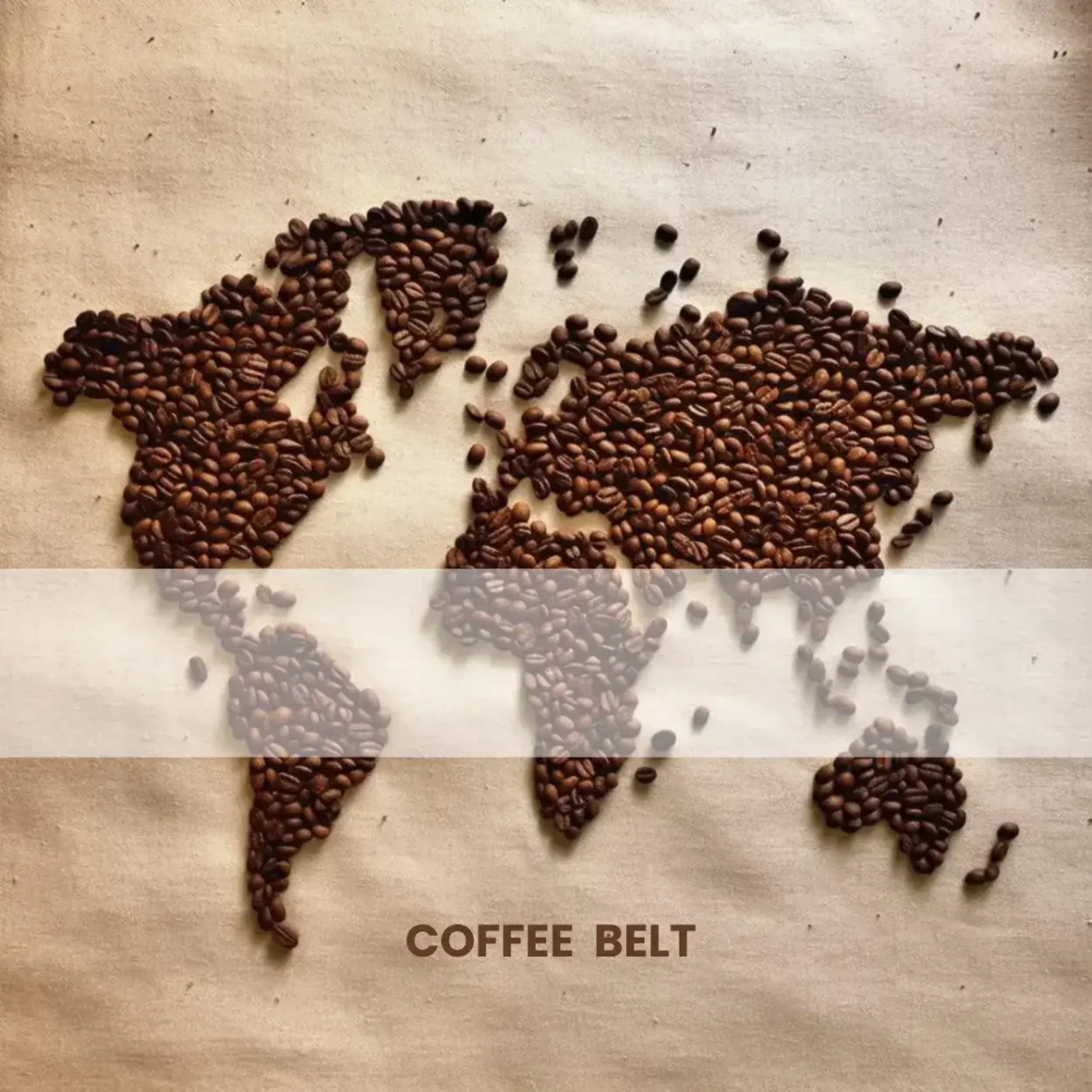
For coffee to flourish, the environment plays a pivotal role. Enter the “coffee belt”, the global region that’s become synonymous with premium coffee cultivation.
- Geographical Makeup: The coffee belt is a globally recognized zone that encompasses regions with temperate climates and consistent rainfall. This belt is integral to producing beans that are rich and flavorful.
- Prominent Regions: Notable areas within this belt include Central & South America, Africa, Southeast Asia, and the Pacific. Each of these regions, such as Colombian or Indonesian locales, contributes distinctively to the global coffee palate.
- Significance: Understanding where your coffee hails from is more than a trivia point. It’s a deep dive into the bean’s inherent flavor profiles, the conditions under which it grew, and the cultures that treasure its every nuance.
The coffee belt isn’t just a geographical term; it’s a testament to the world’s shared love for coffee, representing myriad flavors, traditions, and stories.
History of Single Origin Coffee

Single origin coffee, while a term that’s become synonymous with premium brews, has a history as rich as its flavor.
- A Specified Area: As discussed, Single origin coffee signifies beans sourced from a specific area and producer. It’s not merely about the location but the unique flavors each distinct region brings to the table.
- The Terrain’s Role: Premium single origin coffee beans thrive in elevated landscapes, especially within the renowned “Bean Belt”. The combination of altitude, sunlight, and rainfall in these areas cultivates beans bursting with flavor.
- Flavor Profiles by Region: Central & South America often produce beans with nutty, caramel notes, while Africa & the Middle East offer a wine-like, floral touch. In contrast, Southeast Asia & the Pacific introduce earthy undertones, occasionally interspersed with spicy hints.
Single origin coffee is more than just a label. It’s a tribute to the unique terrains, climates, and cultures that shape each bean’s character.
Evolution of Coffee Blends
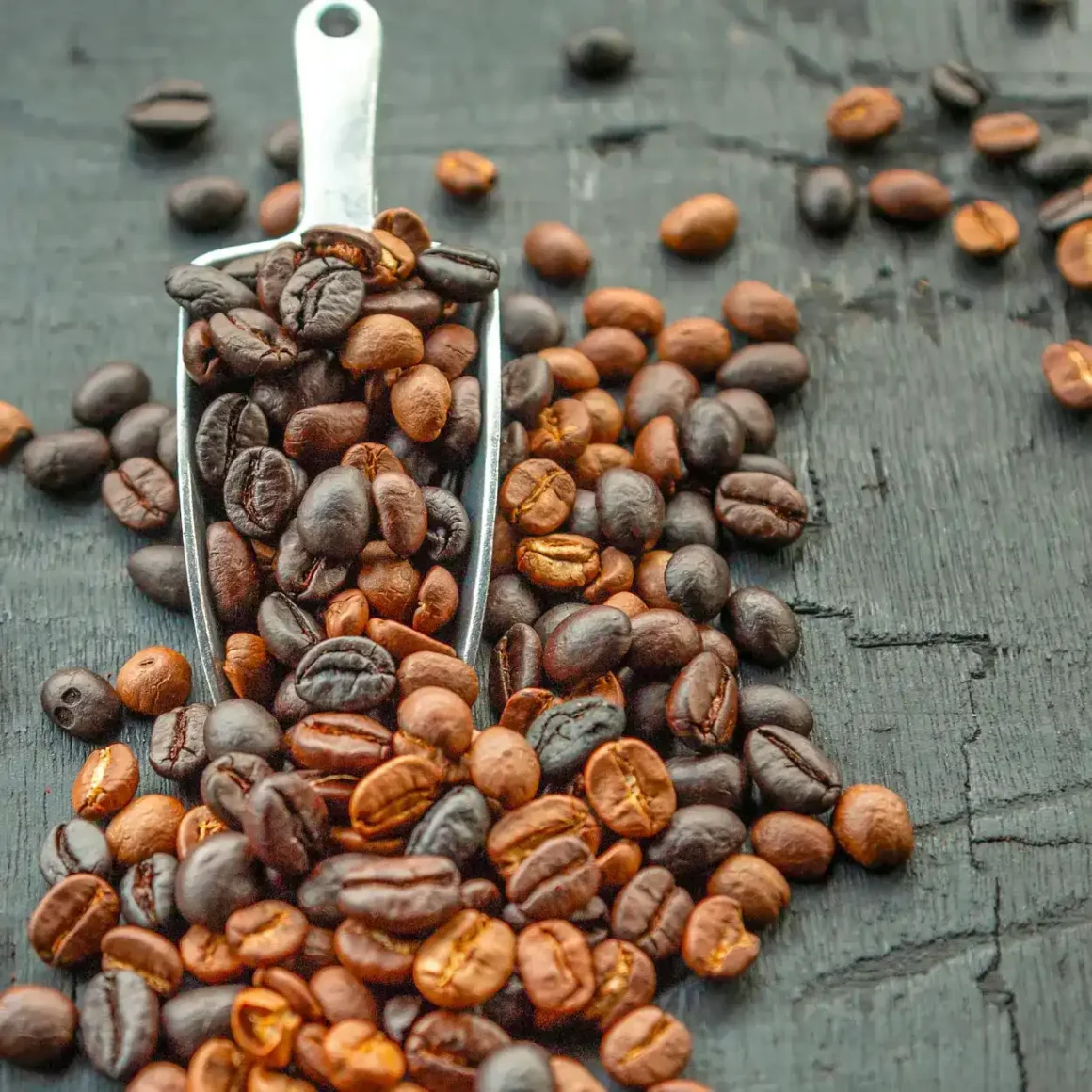
While single origin coffee celebrates individuality, coffee blends are a harmonious symphony of flavors, meticulously crafted over time.
- Blended Coffee Defined: As previously mentioned, coffee blends involve harmoniously combining beans from various origins. This art ensures a consistent flavor profile, balancing the strengths and weaknesses of individual beans.
- The Perception: It’s crucial to understand that single origin coffee isn’t necessarily superior to blended coffee. Both have their merits. The blend or origin simply hints at the journey the bean has taken.
- Blend Creation: Creating blended coffee is a craft. It involves selecting beans that complement each other, resulting in a cup that’s richer and more balanced than its individual components.
Blended coffee is the culmination of expert knowledge, tradition, and experimentation. It represents a global collaboration, turning multiple beans into a harmonious brew.
The Culture of Coffee: More than Just a Beverage
Coffee, for many, is not just a morning stimulant but a deep-rooted cultural experience. Its aroma evokes memories, its taste ignites passion, and its consumption is often accompanied by rituals that vary yet unite coffee lovers worldwide. In this exploration of the culture of coffee, we delve into the diverse coffee rituals practiced around the world, uncover the evolving popularity trends of single origin and blends, and discover how coffee shops and baristas shape and redefine this beloved beverage’s culture.
Coffee Rituals Around the World
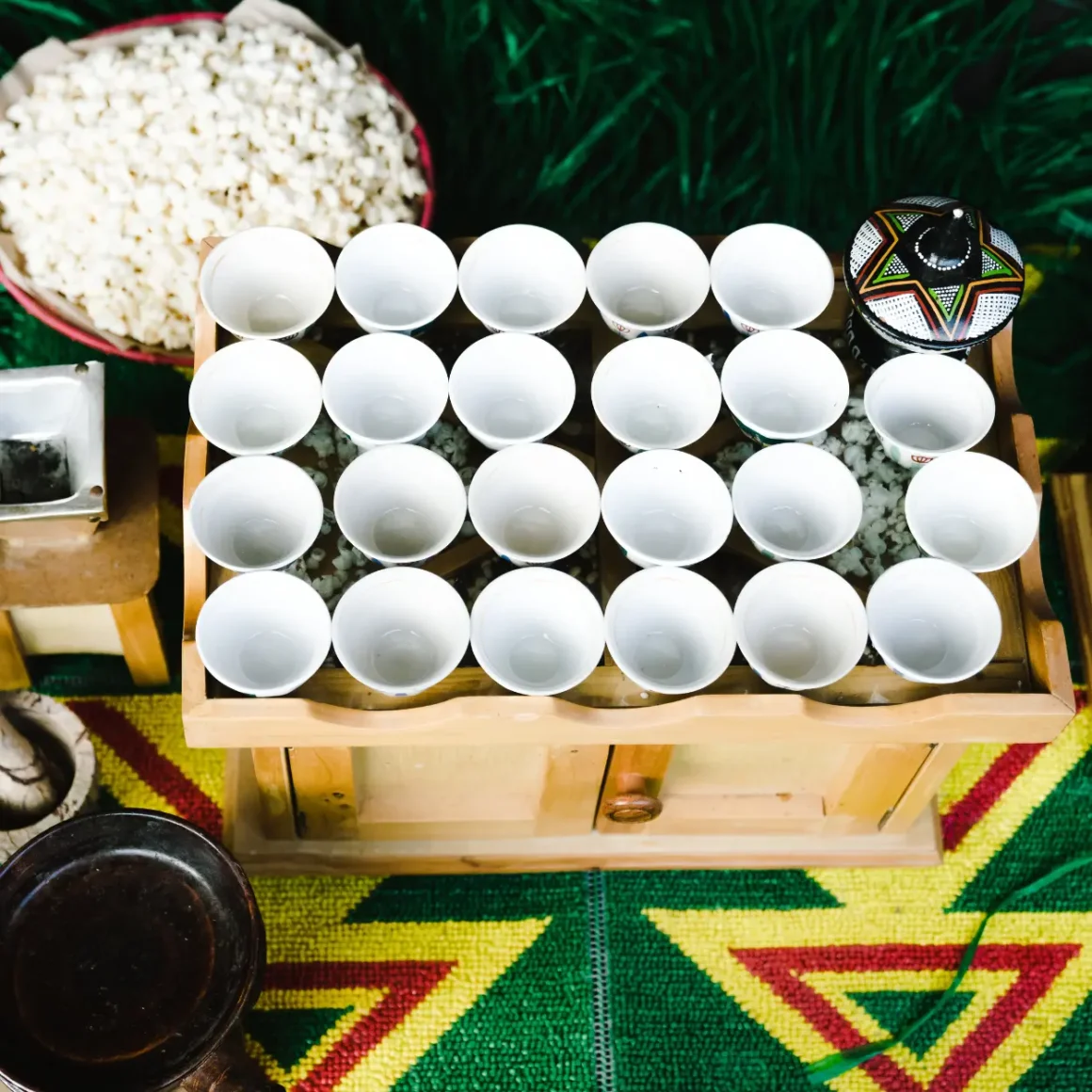
Coffee’s universal appeal is seasoned with distinct traditions and rituals that resonate with the culture of its consumers.
- Ethiopian Coffee Ceremony: Considered the birthplace of coffee, Ethiopia takes pride in its elaborate coffee ceremony. This ritual involves roasting green beans, grinding them, and brewing the coffee in a special pot called a ‘jebena’. The process is not just about the drink, but also about community, conversation, and connection. (3)
- Italian Espresso Culture: In Italy, coffee means espresso. Sipped at the counter of a local café, usually without sugar and always without milk, it’s a daily ritual that’s quick, intense, and deeply embedded in the Italian way of life.
- Swedish Fika: Beyond just a coffee break, “Fika” is an essential Swedish tradition. It’s a moment to pause, relish a cup of coffee, usually accompanied by a sweet treat, and enjoy the company of friends or colleagues.
Each corner of the world offers a unique dance with coffee, making every sip a journey through diverse cultures, traditions, and histories.
Popularity Trends: Single Origin vs. Blends
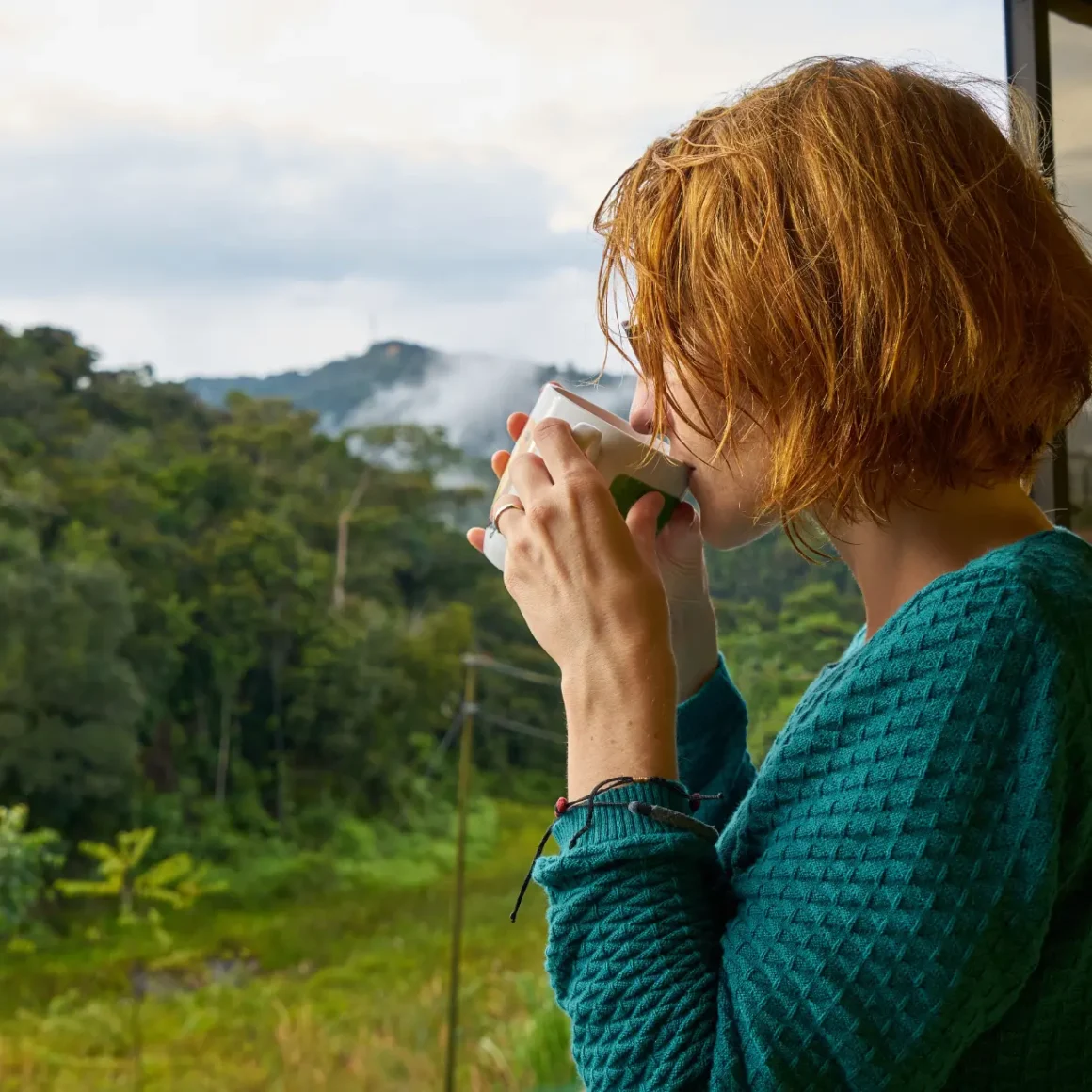
As coffee aficionados become more discerning, the debate between single origin coffee vs blends has intensified, each having its staunch advocates.
- Single Origin Coffee: These beans come from one location, be it a country, region, or farm. The appeal lies in their distinct, unblended flavor, giving drinkers a pure taste of a particular region’s terroir.
- Blends of Coffee: Blends involve mixing beans from different origins. The intent is to craft a balanced flavor, often more consistent than single origin beans. A blend of coffee might bring together the robustness of an African bean with the sweetness of a South American one.
- Current Trends: Single-origin coffees have surged in popularity, especially among enthusiasts seeking a deeper understanding of their brew. However, blends remain a favorite for many, particularly those seeking a consistent taste experience.
Whether it’s the singular taste of a specific region or the harmonized symphony of a blend, the beauty of coffee lies in its diverse expressions and the conversations it spurs.
Coffee Shops, Baristas, and Shaping Coffee Culture
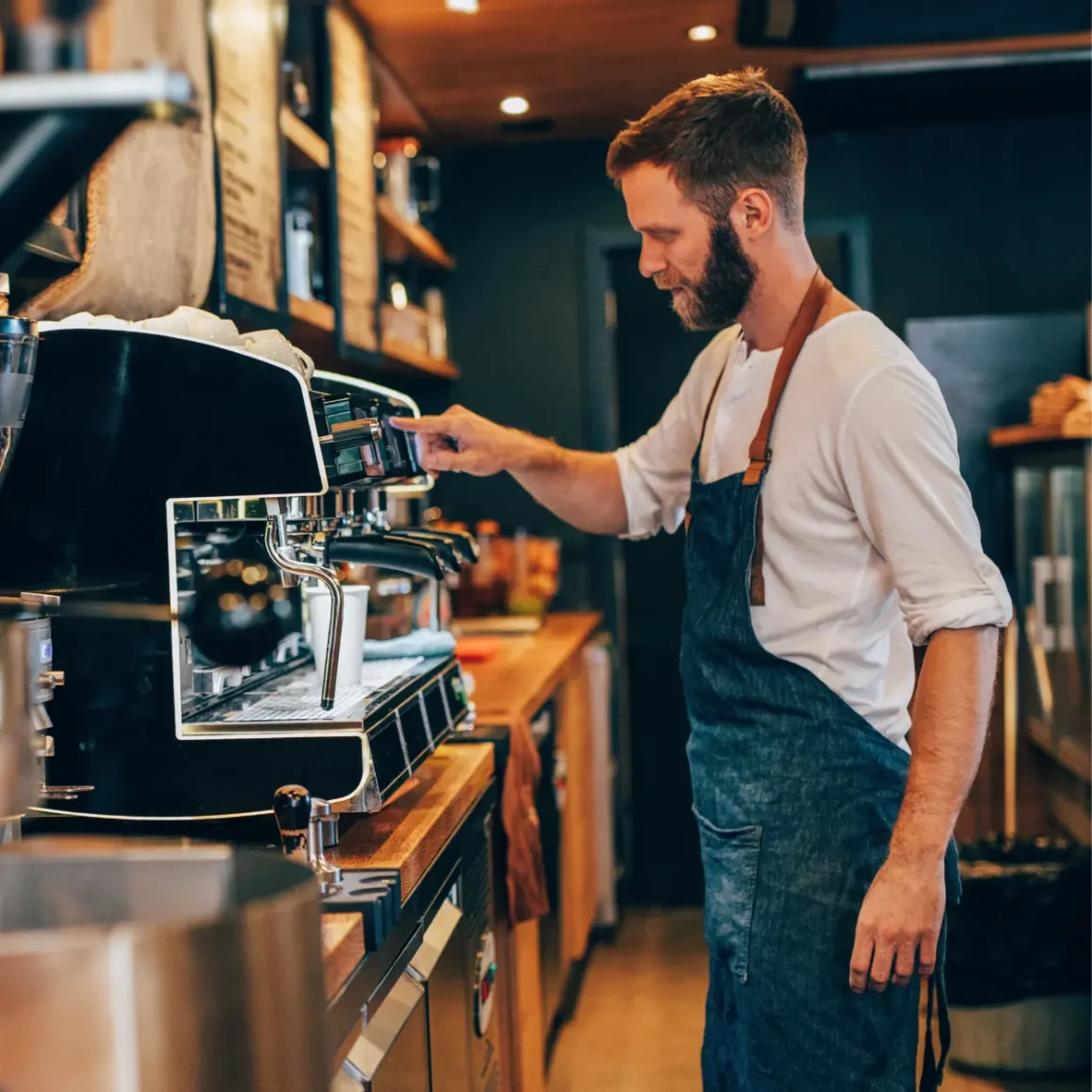
Coffee shops and baristas have become cultural icons in their own right, turning the act of coffee consumption into an immersive experience.
- The Role of Coffee Shops: They’re not just places to grab a caffeine fix. They’re community hubs, workspaces, and stages for budding artists. Coffee shops shape and reflect the culture of their locales, often becoming landmarks or symbols of community identity.
- Baristas as Coffee Ambassadors: These skilled individuals are the heart and soul of the coffee experience. More than just preparing beverages, baristas educate customers, influence taste preferences, and often push the boundaries of traditional coffee-making.
- Influence on Trends: With the rise of third-wave coffee shops, there’s been a marked shift towards artisanal approaches, emphasizing transparency, sustainability, and craftsmanship. These places often dictate coffee trends, be it the preference for single origin brews or innovative concoctions.
From the rustic corner coffee shop to the bustling urban café, these spaces and the individuals who breathe life into them play a pivotal role in shaping, evolving, and celebrating the global coffee culture.
Conclusion
The realm of coffee is a realm of diversity, where each bean weaves a unique narrative, and every brew unveils a distinctive journey. In our quest to explore the realm of single origin vs. blend coffee, we have borne witness to a rich tapestry of flavors, historical legacies, and cultural intricacies that render each cup an exceptional encounter. From the Ethiopian hills, where coffee’s legendary tale originated, to the bustling global coffeehouses of today, we have traversed the trajectory of these coffee beans. We have relished the fruity accents of African single origin coffee and admired the harmonious blend of beans from around the world.
So, when you savor that delightful sip of your beloved brew, recognize that it’s more than a mere beverage; it’s a bridge to the past, a celebration of the present, and a promise of forthcoming adventures. What defines single origin coffee? It’s an uncharted narrative awaiting exploration. What characterizes blended coffee? It’s a melodic interplay of flavors ready to be relished. The choice lies within your grasp, and the coffee world is your boundless canvas.
FAQ
What are the most popular coffee blend combinations?
Some popular coffee blend combinations include Brazilian and Colombian blends, combining nutty and fruity flavors, and the classic Espresso blend, often a mix of Arabica and Robusta beans for a balanced taste.
Are single origin coffees more expensive than blends?
Yes, single origin coffees are generally pricier due to their limited supply, distinct flavors, and the traceability of their origins.
How can one trace the origins of their coffee beans?
You can trace coffee origins through information provided on the packaging, such as the country or region where the beans were grown, and by opting for specialty coffee sources that prioritize transparency.
Which brewing method is best suited for nuanced single origin flavors?
Pour-over methods like Chemex, Hario V60, and Kalita Wave are excellent for extracting nuanced flavors from single origin coffees due to precise control over brewing factors.






